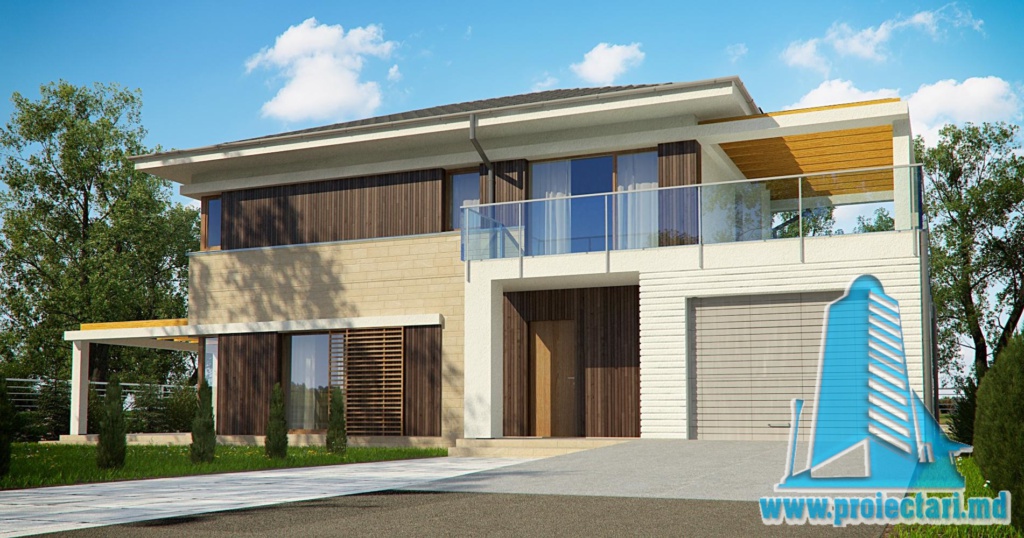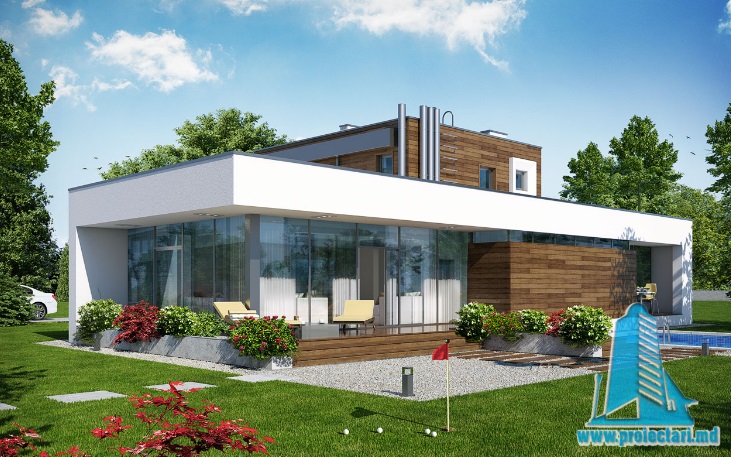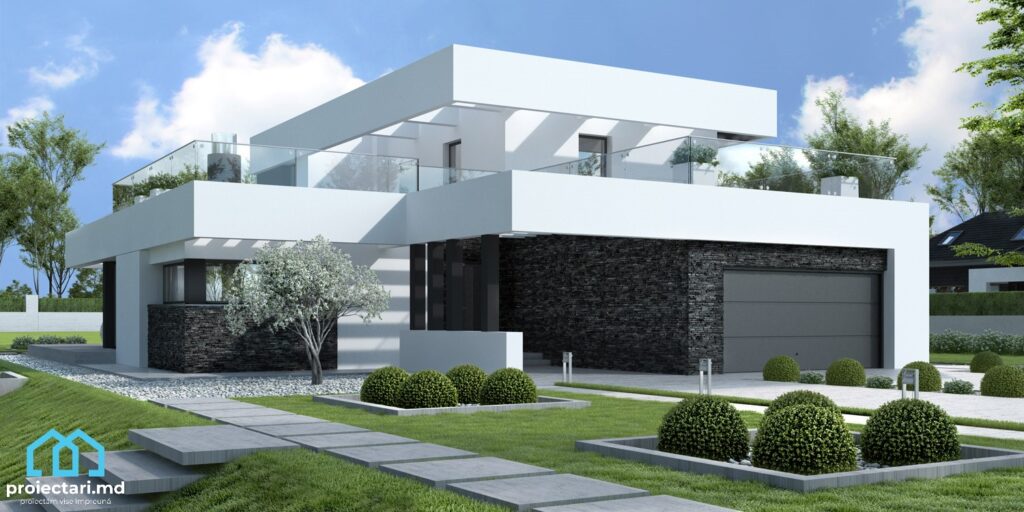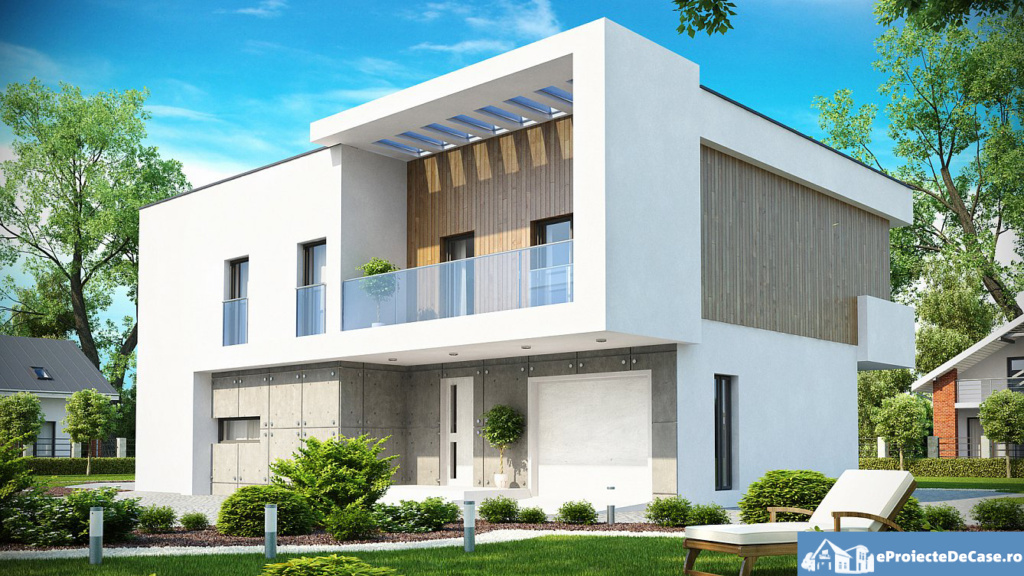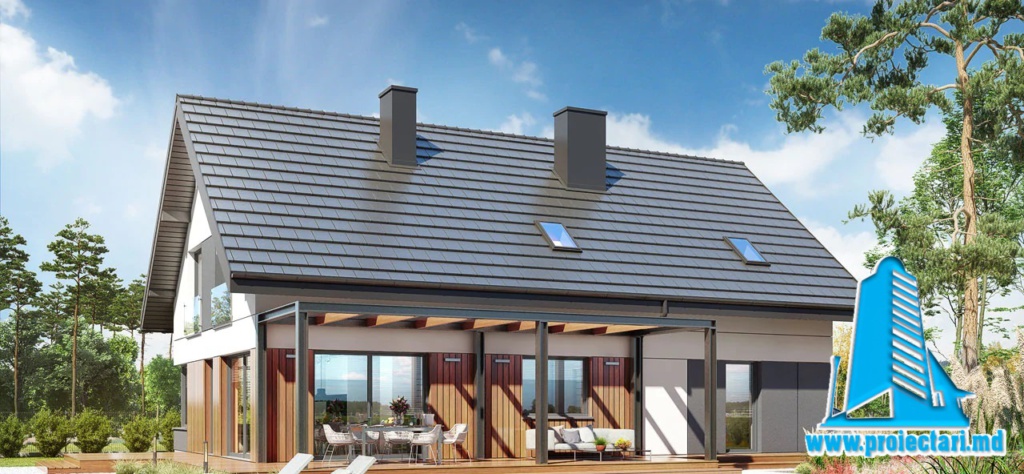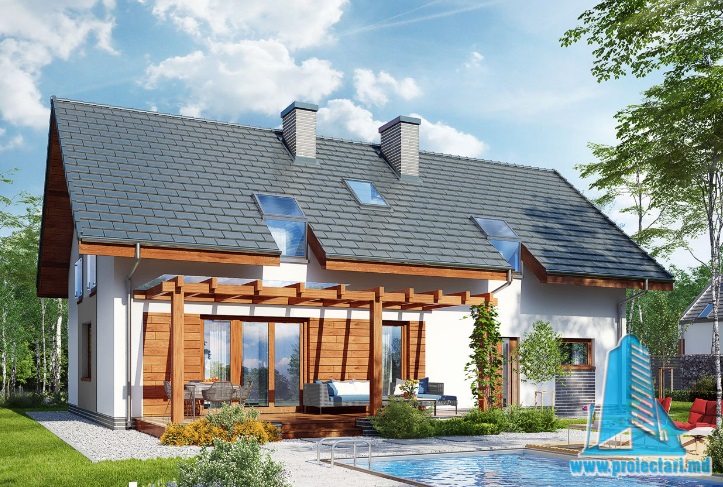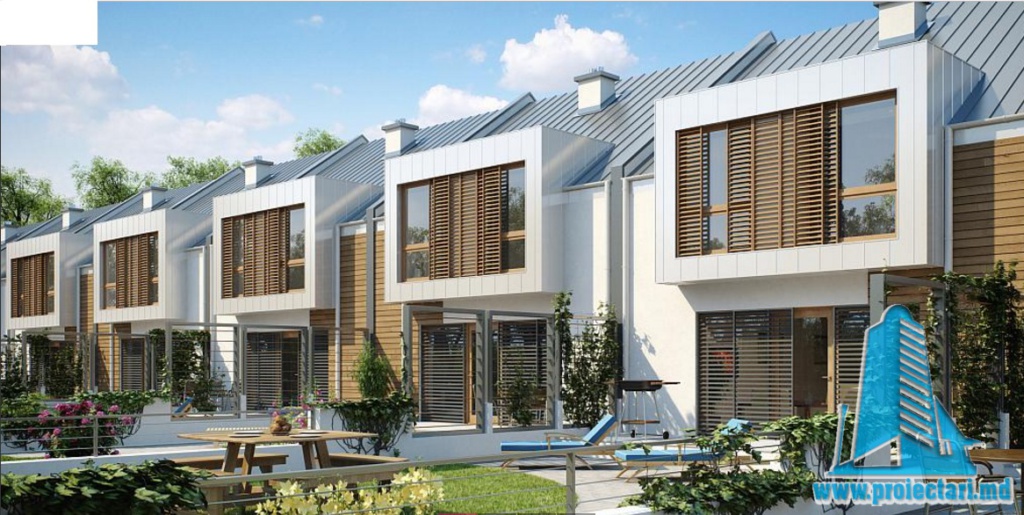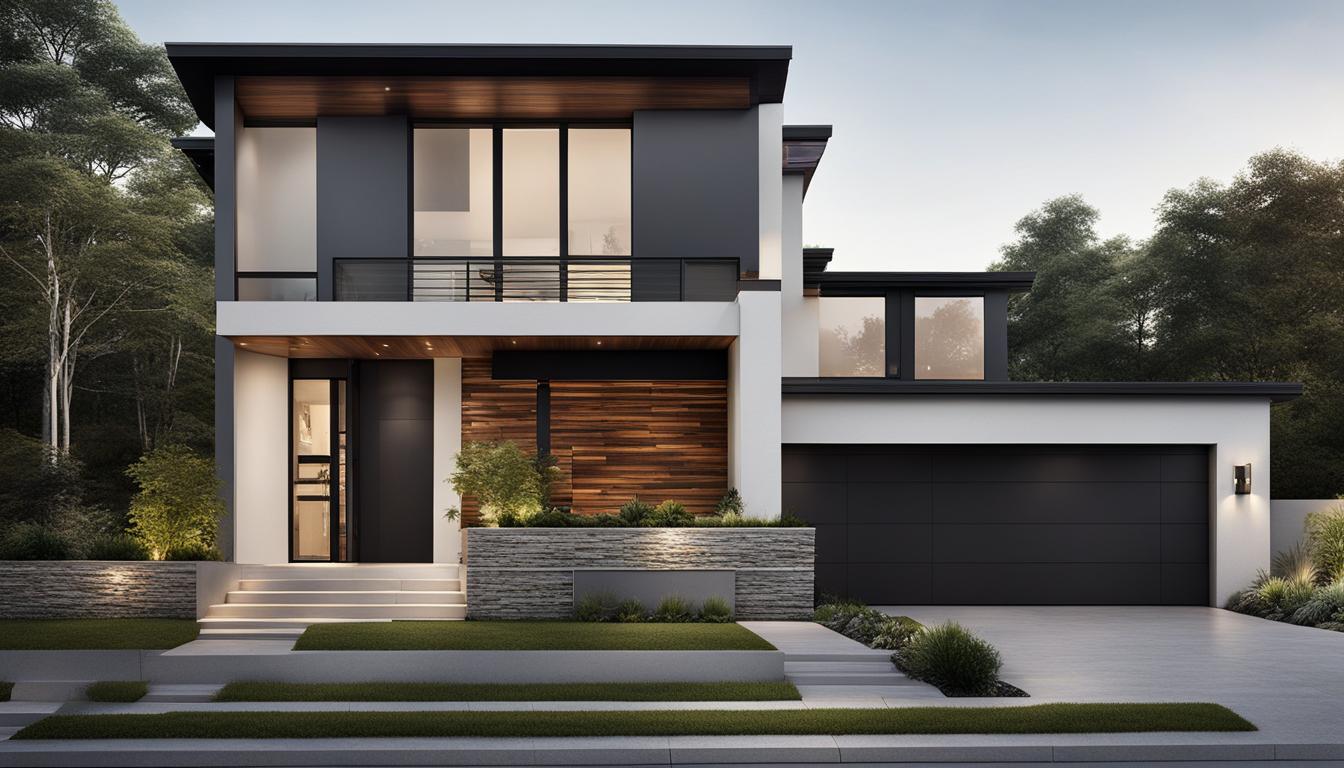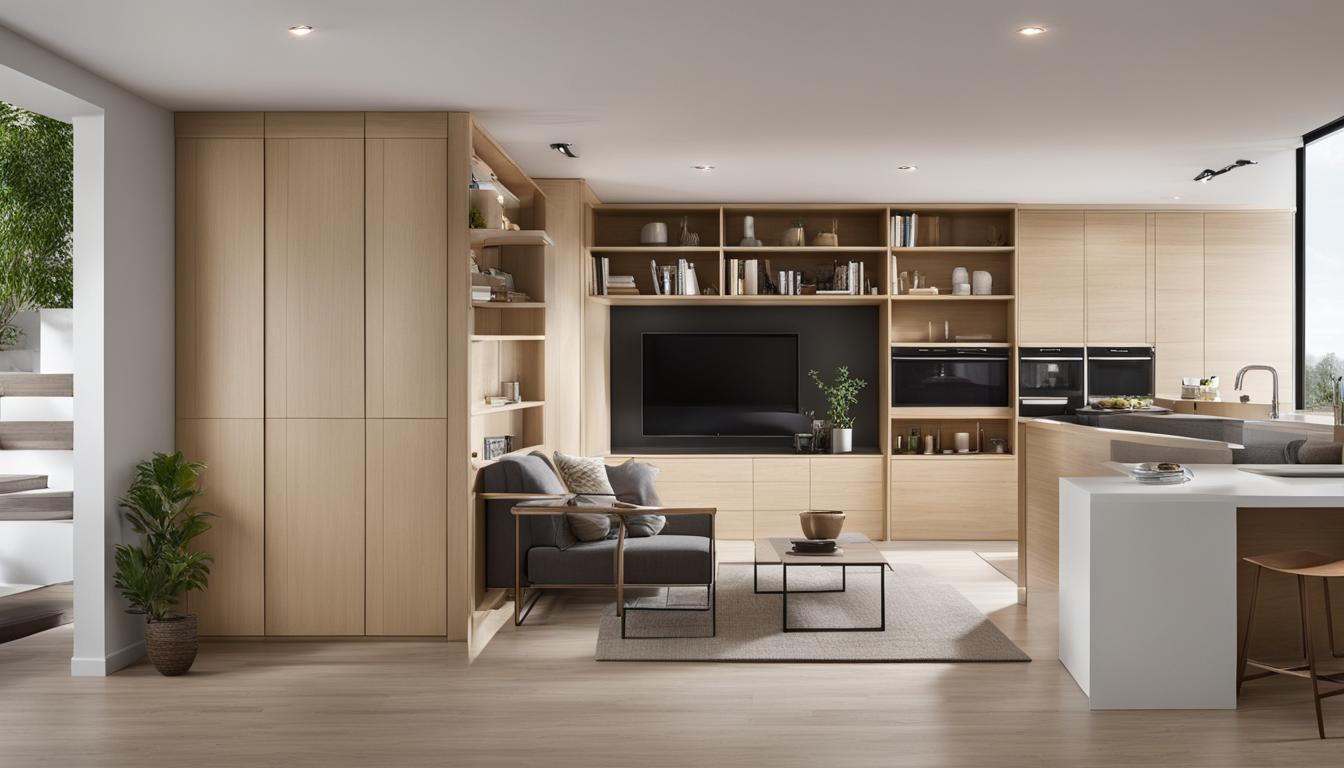Welcome to this article exploring Adaptive Reuse in Construction and Architecture. This approach is increasingly important today, in the context where the concern for sustainability and the protection of the environment is growing. In this article you will learn about the concept of Adaptive Reuse in Construction, its key principles and methods, its benefits and examples of sustainable construction projects.
Key points:
- Adaptive Reuse in Construction is an important approach for resource management and sustainable development in construction.
- Sustainable construction and the circular economy are essential principles of Adaptive Reuse.
- The practical benefits of Adaptive Reuse include increased energy efficiency and the use of recyclable materials .
- Government regulations and policies can support and promote this approach to construction.
- Innovative technologies can support Adaptive Reuse in construction and architecture.
What is Adaptive Reuse in Construction?

Adaptive reuse in construction refers to the process of transforming existing buildings and structures to adapt them to current needs, rather than demolishing them and replacing them with new ones. This approach is an increasingly popular one, due to the importance of resource management in construction and the need to build sustainably.
Resource management in construction is critical because construction is responsible for a significant portion of global carbon emissions and natural resource use. In addition, demolition and construction of new buildings can be expensive and generate waste that harms the environment. Adaptive reuse is a smarter and more sustainable way to manage resources and build efficiently.
Through adaptive reuse, we can transform existing buildings instead of demolishing them and replacing them with new ones, reducing environmental impact and managing building resources more efficiently.
Principles and methods of adaptive reuse in construction
Adaptive reuse in sustainable construction and the circular economy are fundamental principles for sustainable development in construction. These are essential to reduce environmental impact and use resources efficiently. In this section, we will explore the key principles and methods of adaptive reuse in construction and consider how they can support sustainable development in construction.
Principles of adaptive reuse in construction
The principles of adaptive reuse in construction are linked to the principles of the circular economy, which encourages the use of resources in a value-laden cycle. These include:
- Reuse – using existing elements in new constructions instead of throwing them away and replacing them with new elements;
- Refunctionalization – transforming the use of existing buildings for new purposes;
- Renovation – refurbishing and upgrading existing buildings rather than demolishing and rebuilding them completely.
Methods of adaptive reuse in constructions
Key methods of adaptive reuse in construction include:
| Method | Description |
|---|---|
| Selective dismantling | Selective demolition involves the selective removal of unwanted elements of the building during renovation or modernization, rather than demolishing the entire building. |
| Reuse of materials | Material reuse involves using existing materials from old buildings in the construction of new buildings. |
| Advance planning | Forward planning involves anticipating future needs and developing buildings to allow for quick and easy changes in functionality, rather than constructing new buildings for each new purpose. |
Adaptive reuse in construction can be an efficient and sustainable method of resource management in construction, contributing to the sustainable development of the built environment. In the next section, we will explore the benefits of adaptive reuse practices in construction.
The benefits of adaptive reuse in construction

The practice of adaptive reuse in buildings can significantly contribute to increasing energy efficiency and reducing environmental impact. The use of recyclable materials and existing resources can bring significant benefits in terms of cost and sustainability of construction. In what follows, we explore the benefits of adaptive reuse practices in construction in more detail.
1. Energy efficiency
Adaptive reuse involves reusing existing structures and materials rather than building from scratch, which can significantly reduce carbon emissions and energy consumption associated with the construction process. By retrofitting and retrofitting existing structures, energy consumption for heating, cooling and lighting can be reduced, which can result in significant energy and cost savings for building owners and tenants.
2. Recyclable materials
Adaptive reuse can include using recyclable materials and reusing existing materials in a more efficient way. This can help reduce the amount of construction waste and help conserve natural resources. Using recyclable materials also reduces the costs and carbon emissions associated with producing new building materials.
Examples of sustainable construction projects

In recent years, many architects and builders have adopted adaptive reuse practices in construction to reduce environmental impact and develop sustainable and energy-efficient buildings. Here are some examples of projects that successfully illustrate the use of these practices:
1. The Edge building in Amsterdam
The Edge is one of the world’s most sustainable office buildings, designed to use up to 70% less energy than conventional buildings. From the use of solar panels, to smart lighting systems and rainwater recycling, The Edge is a perfect example of how adaptive reuse can lead to sustainable building construction.
2. Millennium Park in Chicago
As part of this project, an old railway depot was transformed into a 24.5-hectare park, offering green and recreational spaces to the surrounding community. By reusing the existing warehouse, the project avoided the consumption of resources needed to build a new space, contributing to a circular economy .
3. The Bullitt Building in Seattle
This office building was designed to be one of the greenest in the world. With a range of sustainable features including a green roof, rainwater harvesting systems and a geothermal energy installation, the Bullitt building inspires and teaches how building a sustainable built environment is possible.
These projects demonstrate the huge potential of adaptive reuse in construction and highlight how this approach can lead to the construction of sustainable and energy efficient buildings.
Regulations and policies on adaptive reuse in construction
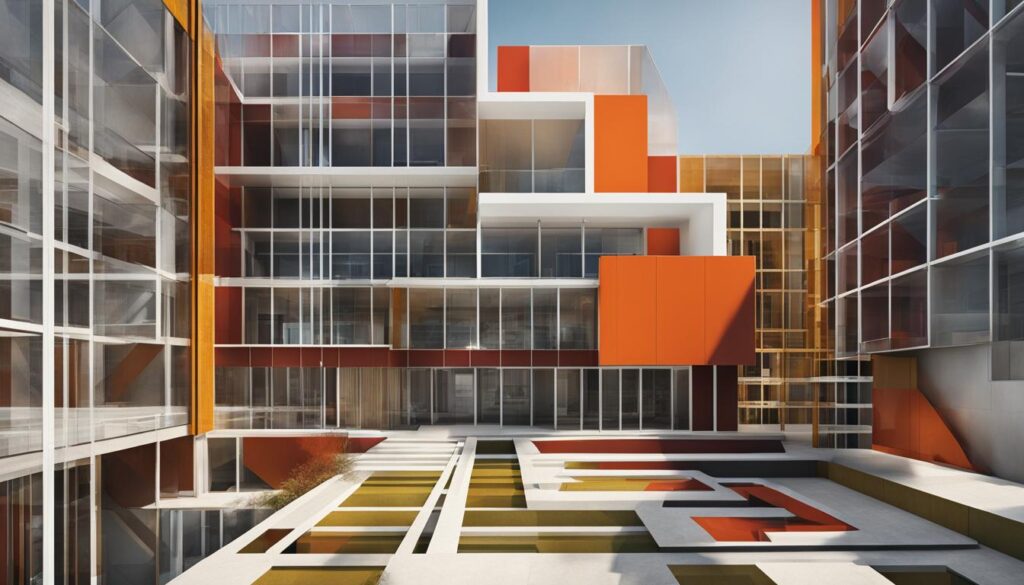
Adaptive reuse in construction is an important approach for sustainable development and resource management in this field. In recent years, a number of regulations and policies have been introduced that promote this approach and encourage architects, builders and developers to consider adaptive reuse in all their projects.
One of the most important regulations is green building certification, such as Leadership in Energy and Environmental Design (LEED), which promotes sustainable building practices and adaptive reuse. There are also other rules on construction waste reduction, water and energy management, and other important areas for sustainable development in construction.
Important policies are also implemented to support adaptive reuse in construction. For example, many governments provide grants and other forms of financial support for projects that incorporate sustainable practices, including adaptive reuse. These policies are important in encouraging developers to consider the costs and benefits of sustainability in all their business decisions.
In addition, non-governmental organizations (NGOs) as well as industry organizations are actively involved in promoting adaptive reuse in construction. These organizations conduct awareness campaigns, organize events and seminars, and provide resources and information to help educate architects, developers, and the general public about the benefits of adaptive reuse.
Innovative Technologies for Adaptive Reuse in Buildings

Adaptive reuse in construction involves the renovation and modernization of existing buildings to adapt and transform them into a functional and sustainable space. The implementation of adaptive reuse practices can be supported and enhanced through the use of innovative technologies.
Smart technologies for energy efficiency
Smart systems and technologies can be used to efficiently manage energy and resources in buildings. These may include light and motion sensors, temperature and lighting control systems, and mobile applications for remote building control.
The use of new and environmentally friendly materials
New technologies and materials can be used to reduce the environmental impact of construction. For example, green materials such as glass balustrades and cellulose fiber insulation can be used in place of traditional materials to reduce the carbon footprint and improve energy efficiency.
Technologies for recycling and reuse of construction materials
Instead of throwing away old building materials, they can be recycled and reused to reduce waste and save resources. Examples of technologies for recycling construction materials include crushers and magnetic separators that can recover iron and other metals from waste.
3D printing and modular construction
3D printing and modular construction are innovative technologies that can be used to build new buildings in a more environmentally friendly and efficient way. They allow the production of customized components and reduce the amount of waste generated in construction.
“Innovative technologies for adaptive reuse in buildings can play a crucial role in managing resources and ensuringsustainableand energy-efficient buildings.”
These are just a few examples of innovative technologies that can be used to support adaptive reuse practices in construction. Their implementation can help reduce environmental impact and increase energy efficiency in construction, contributing to sustainable development in the field.
The impact of adaptive reuse in the future of construction

Adaptive reuse can play a crucial role in the future of construction and the sustainable development of this industry. According to trends in sustainable construction, this approach is becoming more and more popular, and many buildings today are built with recyclable material and energy efficiency systems incorporated.
In the future, it is expected that there will be an increase in sustainable circular economy construction , where materials and resources are managed so that they are used efficiently and not wasted. This trend will be supported by technological innovations in construction, which will help maximize building efficiency and reduce environmental impact.
A relevant example in this sense is the construction of “The Edge” building in Amsterdam, which was built using principles of adaptive reuse and intelligent technologies. This building is known to be the most sustainable in the world, with unprecedented energy efficiency and optimal use of resources.
Therefore, adaptive reuse in construction will play an increasingly important role in the future of this industry, helping to create a more sustainable built environment and a more efficient circular economy . This approach is based on efficient use of resources and sustainable construction techniques and has the potential to transform the future of construction into a greener and more sustainable one.
Conclusion
In conclusion, adaptive reuse in construction and architecture represents a key approach for the sustainable development of the built environment. This article highlighted the importance of resource management in construction and how this approach can contribute to increased energy efficiency and the use of recyclable materials.
By implementing the key principles and methods of adaptive reuse in construction, sustainable projects can be realized that benefit both communities and the environment.
Existing regulations and policies can support and promote adaptive reuse through concrete legislation and policies, and innovative technologies can support the integration of this approach in construction.
In the future, adaptive reuse will play a crucial role in transforming the construction sector into a more sustainable and greener environment, contributing to a circular economy. It is therefore important that organizations and governments support and promote this sustainable development approach.
That said, adaptive reuse in construction is not only a viable option, but a necessity to create a more sustainable and greener future.
FAQ
What is Adaptive Reuse in Construction?
Adaptive reuse in construction is an approach that consists of transforming and reusing existing buildings in an innovative and efficient way to meet new needs and optimize the use of available resources. This involves the adaptation and modernization of existing buildings by implementing sustainable, economic and social solutions, thus contributing to sustainable development in the field of construction.
What are the principles and methods of adaptive reuse in construction?
The key principles and methods of adaptive reuse in construction include the analysis and evaluation of existing buildings, effective space planning, flexible design, the use of recyclable materials and the implementation of innovative technologies. These are often integrated into a circular economy and sustainable building approach to maximize energy efficiency and reduce environmental impact.
What are the benefits of adaptive reuse in construction?
The benefits of adaptive reuse in buildings include increasing energy efficiency, reducing construction costs, efficient use of resources, reducing carbon emissions, improving indoor air quality, preserving architectural heritage and creating a more sustainable built environment. This approach can also contribute to revitalizing urban areas and improving the quality of life in communities.
Are there examples of sustainable construction projects that have implemented adaptive reuse?
Yes, there are several examples of sustainable construction projects that have successfully implemented adaptive reuse principles. These projects include the renovation of historic buildings to transform them into modern office spaces or homes, the conversion of industrial buildings into creative or cultural spaces, as well as the adaptation of existing structures to meet contemporary energy and usage requirements. These examples demonstrate the potential of adaptive reuse in creating a sustainable and functional built environment.
Are there regulations and policies on adaptive reuse in construction?
Yes, there are national and international regulations and policies on adaptive reuse in construction. These may include incentivizing the renovation and rehabilitation of existing buildings, promoting the use of recyclable materials, granting tax breaks for sustainable projects and imposing energy efficiency standards . Governments and organizations can support and promote this approach through concrete legislation and policies.
What innovative technologies can support adaptive reuse in construction?
There are a number of innovative technologies that can support adaptive reuse in construction. These include energy monitoring and control technologies, building automation systems, advanced building materials and smart resource management solutions. The implementation of these technologies can contribute to optimizing the energy performance of buildings and reducing the impact on the environment.
What is the long-term impact of adaptive reuse in the future of construction?
Adaptive reuse can have a significant impact on the future of construction. This can help create a more sustainable built environment, reduce resource consumption and promote the circular economy. Given the growing demands for energy efficiency and sustainable development, adaptive reuse can play a crucial role in addressing the future challenges of the construction industry and creating a greener and more sustainable future.








